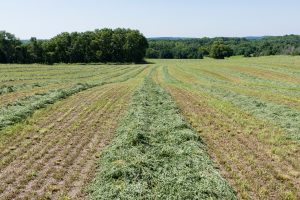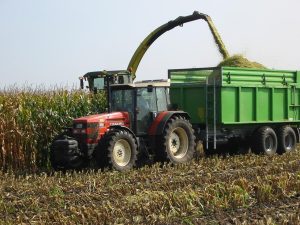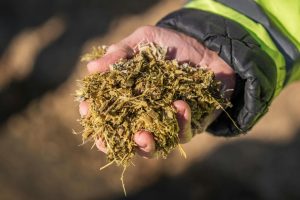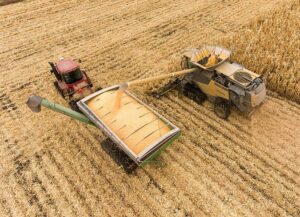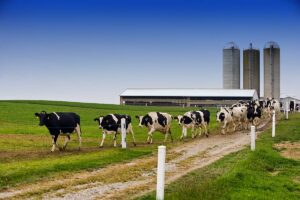Álvaro García
Fibrous feeds like straws are essential in ruminant diets worldwide, particularly where high-quality forages are limited. Their nutritional value varies, so assigning a baseline simplifies comparisons. Here, wheat straw serves as the standard with a value of 100 due to its widespread availability. Other feeds are adjusted based on animal responses, considering Crude Protein (CP), Neutral Detergent Fiber (NDF), Acid Detergent Fiber (ADF), and digestibility.
Nutritional parameters
- Crude Protein (CP): Indicates nitrogen content for microbial growth and animal requirements. Higher CP increases feed value.
- Neutral Detergent Fiber (NDF): Reflects total fiber content. Higher NDF limits intake due to gut fill effects.
- Acid Detergent Fiber (ADF): Represents indigestible fiber. Lower ADF improves digestibility and energy availability.
- Digestibility: Measures how well the animal utilizes nutrients. Higher digestibility enhances feed value.
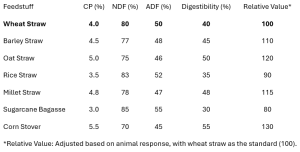
Considerations for valuation
- Nutrient Content and Digestibility: Higher CP and digestibility increase feed value.
- Animal Performance: Reflects intake, energy availability, and production responses.
- Regional Availability: Rice straw is common in Asia, sugarcane bagasse in tropical regions (e.g., Brazil, India, Colombia), and barley/oat straws in temperate zones.
- Processing: Treatments like ammonia or chopping enhance digestibility and increase feed value.
Practical application
Assigning relative values helps producers balance diets effectively. For example:
- Replacing wheat straw (100) with corn stover (130) increases energy and protein availability, improving performance.
- Rice straw (90) may be economical but requires supplementation due to its low digestibility.
Grain inclusion and straw digestibility
Moderate grain supplementation (up to 20% of total feed intake) can improve cattle performance without compromising straw digestibility if managed properly:
- Positive Effects: Supports microbial protein synthesis and energy intake.
- Risks: Excess grain lowers rumen pH, reducing fiber digestion (substitution effect).
Recommendations:
- Maintain effective fiber balance with adequate NDF.
- Manage rumen pH with buffers like sodium bicarbonate.
- Monitor intake and digestibility to prevent substitution.
Example: A study by Smith et al. (2021) found that 20% grain inclusion improved energy intake and animal performance without reducing straw digestibility when NDF was optimal (35-40%) and pH remained stable. At levels above 25%, fiber digestion declined due to acid buildup.
Valuing straws based on CP, NDF, ADF, and digestibility allow farmers to optimize cattle diets. Assigning wheat straw a baseline of 100 simplifies comparisons, with relative values adjusted for animal response. Effectively managed grain inclusion enhances performance without compromising fiber digestion, ensuring optimal use of fibrous feeds.
The full list of references used in this article is available upon request.
© 2025 Dellait Knowledge Center. All Rights Reserved.


